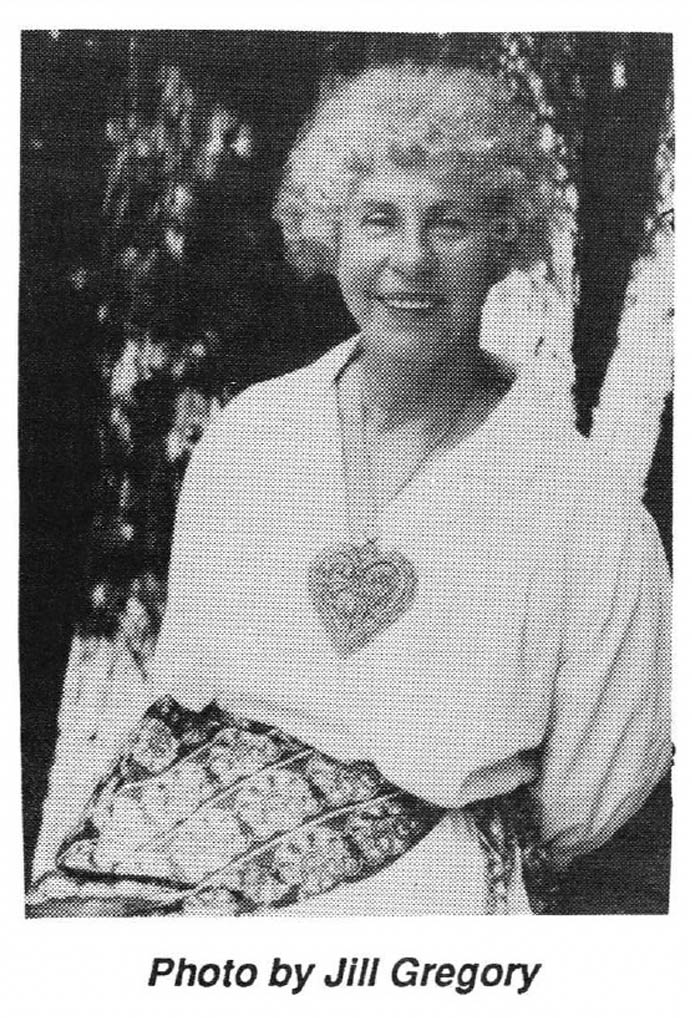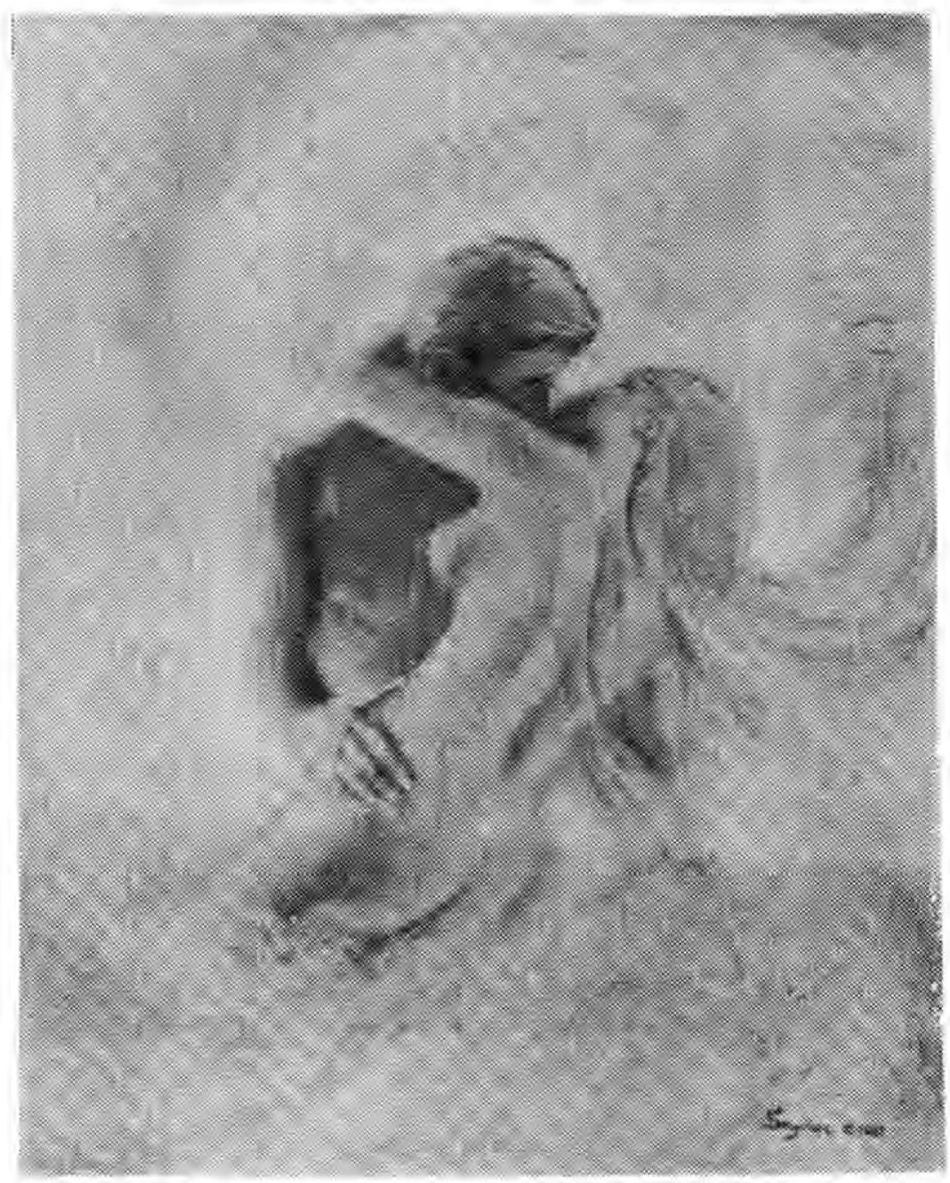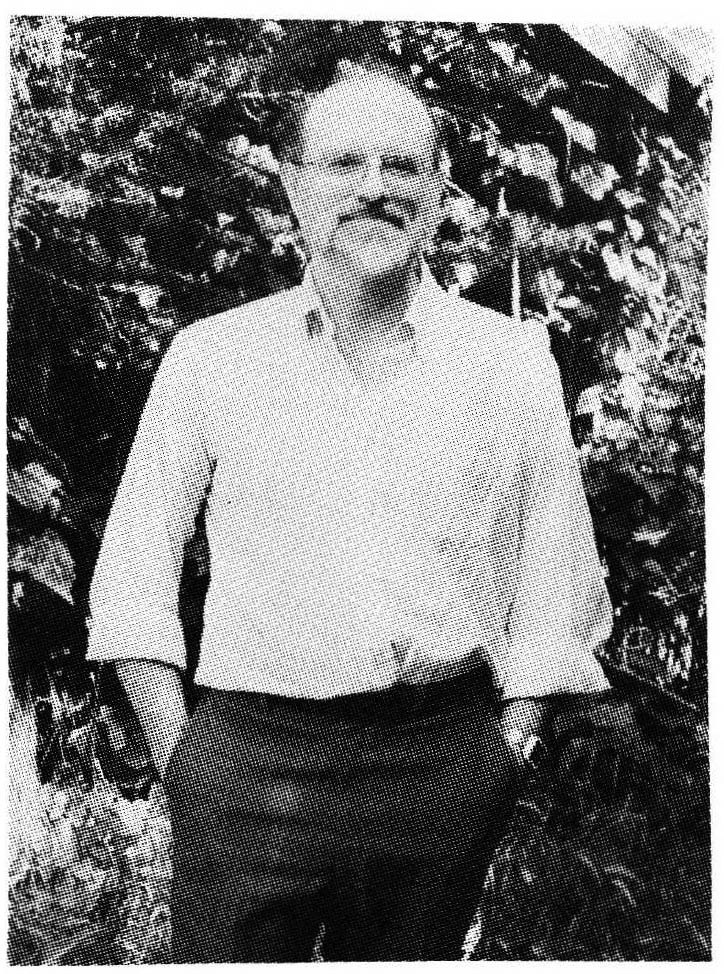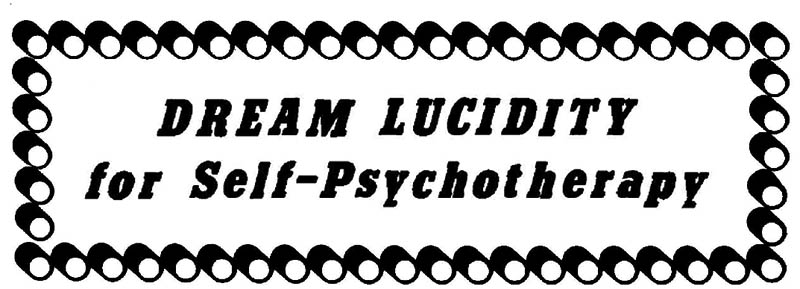
Jill: Shirlee, who have been your mentors?
Shirlee: For many years, I have been enamored by Carl Jung and I do Jungian-style dreamwork. Another person who has had a profound influence upon me is Jeremy Taylor.
Jill: How would you describe the role that dreams have played in your life?
Shirlee: Some of the dreams that I have had are, quite simply, the most important things in my life. Dreaming and dreamwork have slowly led me from anxiety to confidence and from depression to happiness. The subtlety of that process, though, makes it difficult to describe.
Jill: What are you currently doing with dreams?
Shirlee: I am writing and illustrating a book on my fifteen years of dreamwork and journal-keeping. Also, I am considering whether or not to return to teaching. For fourteen years I have taught mostly black or Chinese elementary and junior high school students, adding to their curriculum, work with archetypes. And I am attending a dream-sharing group. That is something that I consider absolutely essential for myself and for other dreamworkers. This one is with Jeremy Taylor in San Rafael.
Jill: Why do you consider it essential for dreamworkers to do regular dreamwork on their own dreams in a group setting?
Shirlee: Several reasons, Jill. For one thing, it is far too easy to rationalize. For another, the dynamics of group interaction can produce insights. Also, you need group input to provide the context for your dreams and to see the synchronicities. Then there is the distinct advantage of having others to point out your own blind spots, not to mention the fact that there is simply more energy available in a group.
Jill: Since you have had so much experience in group dreamwork, do you have any tips that you could offer to other dreamworkers?
Shirlee: Yes. First of all, don't take dreamwork too seriously, because it isn't. Second, welcome projection. We all do it, and valuable insights can come from it. Always try to get the person to own their own projection. Third, regard everyone's dreams and observations as valuable. We all are mirrors and lenses for each other. Two more suggestions: respect and confidentiality. Be as open as you can in terms of alertness and receptivity to whatever comes, and be consistent with who you are.
Jill: Any other insights on group dreamwork?
Shirlee: I have noticed that certain obstacles come up repeatedly. One is fragmentation. When you fragment something you divide the whole and disconnect one part from the other part. One example of fragmentation is a dream I was told of a hand just lying by itself on the floor. Obviously this hand has been separated and disconnected from the body. In this example, fragmentation came from a dream. Another example is from a waking experience and involves intellectualizing - something I encountered, to my amazement, in Zurich, when I took a three week course at the Jungian Institute. I discovered a large group of therapists with degrees who talked about dreamwork and who seldom did dreamwork. In dream groups, to heal fragmentation, I recommend conscious dreaming to produce the missing piece(s) and to reunite the whole, using metaphors of integration and regeneration such as sexual union or eating. The dreamer can deepen that work by meditating on their own wholeness. Another major obstacle is possessiveness, meaning the reluctance or refusal to relinquish or assimilate something In order to allow psychic and spiritual growth. What I have found to be helpful in dealing with this phenomenon Is to see the whole fabric of one's life as something being worked on symbolically. In other words, looking at the great dream of life. By "dreaming" in this way, obstacles can become structures and building blocks for our growth. In other words, every single thing that you encounter is part of your dreamwork Of course when you encounter these "obstacles" you are getting close to the mysteries, the sacred ground of a person's being. This is where the defenses are mobilized--the legendary gargoyles guarding the entrance to the holy places are unleashed. Generally, the gargoyles are fears or they create or stir up fear. This can result in paralysis or running away. No matter what one's belief, it takes the spiritual dimension to get past the gargoyles. At these times the spiritual element is always present in one's dreams. I use prayer and active imagination to add spiritual dimension to my life, to reduce my fear of my own gargoyles. Then I move through the entrance to greater freedom, joy and creativity.
Jill: Shirlee, you had mentioned to me that your two special dream symbols are the bicycle and the bridge. Would you explain why?
Shirlee: They are special to me because they illustrate the very important concept of integration. I have a photo of me riding a bicycle across a bridge, which is my favorite photo of myself. The bicycle demonstrates balance between the right and the left side. The bridge is an archetypal symbol of reconnecting that which has been divided and separated. Remember fragmentation? The way I see it, the sleeping state is on one side and the waking state is on the other. Bridging these two states are conscious dreams (that are based on sleeping dreams), lucid dreams and dreamwork based upon sleeping dreams. On the waking state side we find conscious dreams (not based upon sleeping dreams) and on the sleeping side we find non-lucid sleeping dreams and absence of dreamwork. The sleeping side corresponds to the right brain. The bridge is mid-brain, and the waking state corresponds to the left brain. The state of continual lucidity occurs when these states are synchronized -- are integrated. I see this process as my task in life.
Jill: This brings your closet dream to my mind, Shirlee, the one where you climb through the boards of the closet frame to find your magic slippers. What you found was a three foot long brown leather man's business shoe with a bulbous toe and July/August 1987 a gigantic thong with a blue plastic strap which the clowns wear with swimming attire.
Shirlee: Yes! So I could walk with a foot in each world simultaneously! You know, by dividing my time between the east coast and the west coast I am walking with a foot in each world on a more literal level as well. In Washington, DC I have an apartment, two dream groups and some artwork. Here I have dream groups, art and a house. I spent the first 12 years of my life on the east coast and then moved out west. Then, four and a half years ago, I returned to the east and was there until December of '86, when we moved back. Since I see the two coasts as being different worlds, especially in the sense of tolerance of differences and openness to dreams and dreamwork, I myself am a bridge, so to speak. I see being bi-coastal as the wave of the future. Whenever you bring opposites together the result will be synergistic--greater than the sum of the parts. You know, along this line, I have observed that when people from the Orient are at the transformational point in their psychic and spiritual growth, they tend to have Western people as dream symbols. And people at that point from the West have Eastern people as dream symbols.
Jill: Is there anything you would like to add to this interview?
Shirlee: Yes. One thing I have learned about dreams is that they display tremendous humor. I think that if we understood how much humor is going on around us in the waking world and in our dreams, it would reduce a lot of anxiety and solve a lot of problems.













